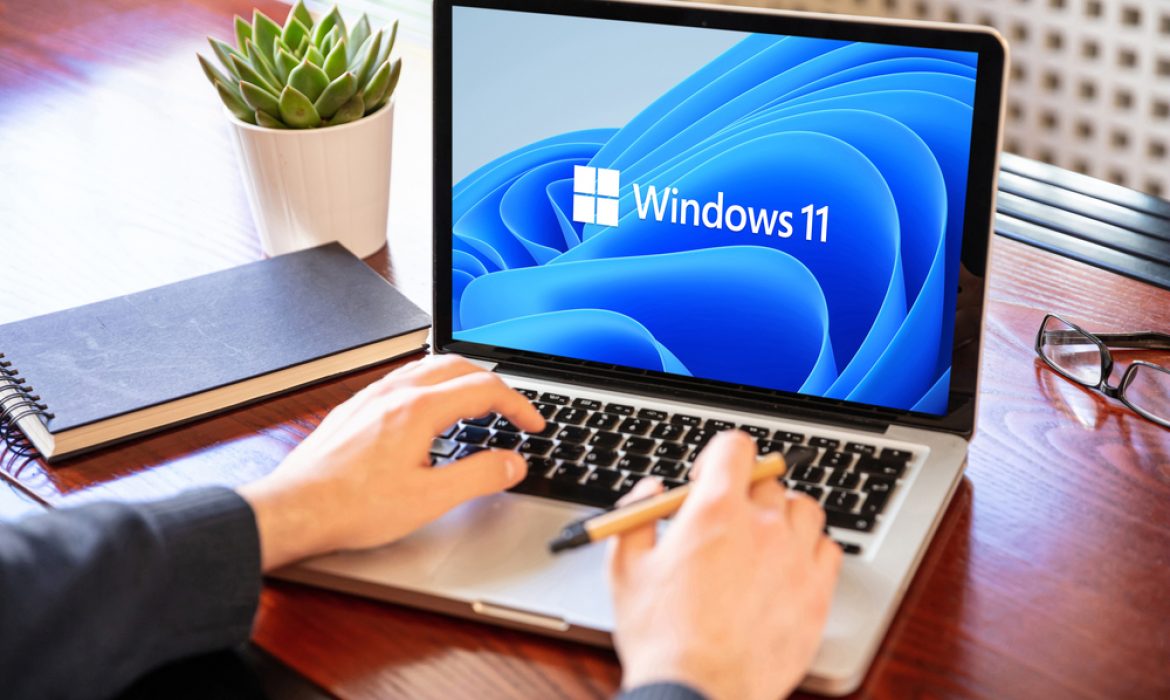Two years have passed since the grand unveiling of Windows 11, yet its predecessor, Windows 10, continues to reign supreme. According to recent data from StatCounter, Windows 10 commands a staggering 71.64% of the global Windows-based operating system market, while Windows 11 lags far behind with just 23.61%.
This stark contrast in adoption rates becomes even more apparent when considering the historical context. Windows 10 managed to secure a 32.84% market share within the same timeframe after its launch in 2015, a whopping 10% more than Windows 11 has achieved.
Despite Windows 11’s efforts to entice users with innovative features like Microsoft’s AI assistant Copilot, widgets, and full DirectStorage support, it seems the operating system hasn’t been able to fully win the hearts of users. Criticisms were levied at its revamped Start menu and taskbar, which lacked some functionalities of its predecessor, Windows 10. Additionally, Windows 11’s higher system requirements, necessitating a compatible TPM, left many users facing compatibility issues, although workarounds were available for machines lacking a TPM module.
While the update brought several enhancements, including a slew of new features, Windows 11’s taskbar still falls short in certain aspects when compared to the robust functionality of Windows 10’s taskbar. Notably, Windows 10 continues to dominate the gaming realm, with a 58% share among gamers, as per the September Valve Hardware Survey, while Windows 11 secured 37%, a marginally better result but still falling behind its predecessor.
These statistics depict a story of resilience for Windows 10, showcasing its enduring popularity despite Microsoft’s efforts to usher in a new era with Windows 11. Whether Windows 11 can bridge this gap and carve its own legacy in the tech world remains a question yet to be answered.


